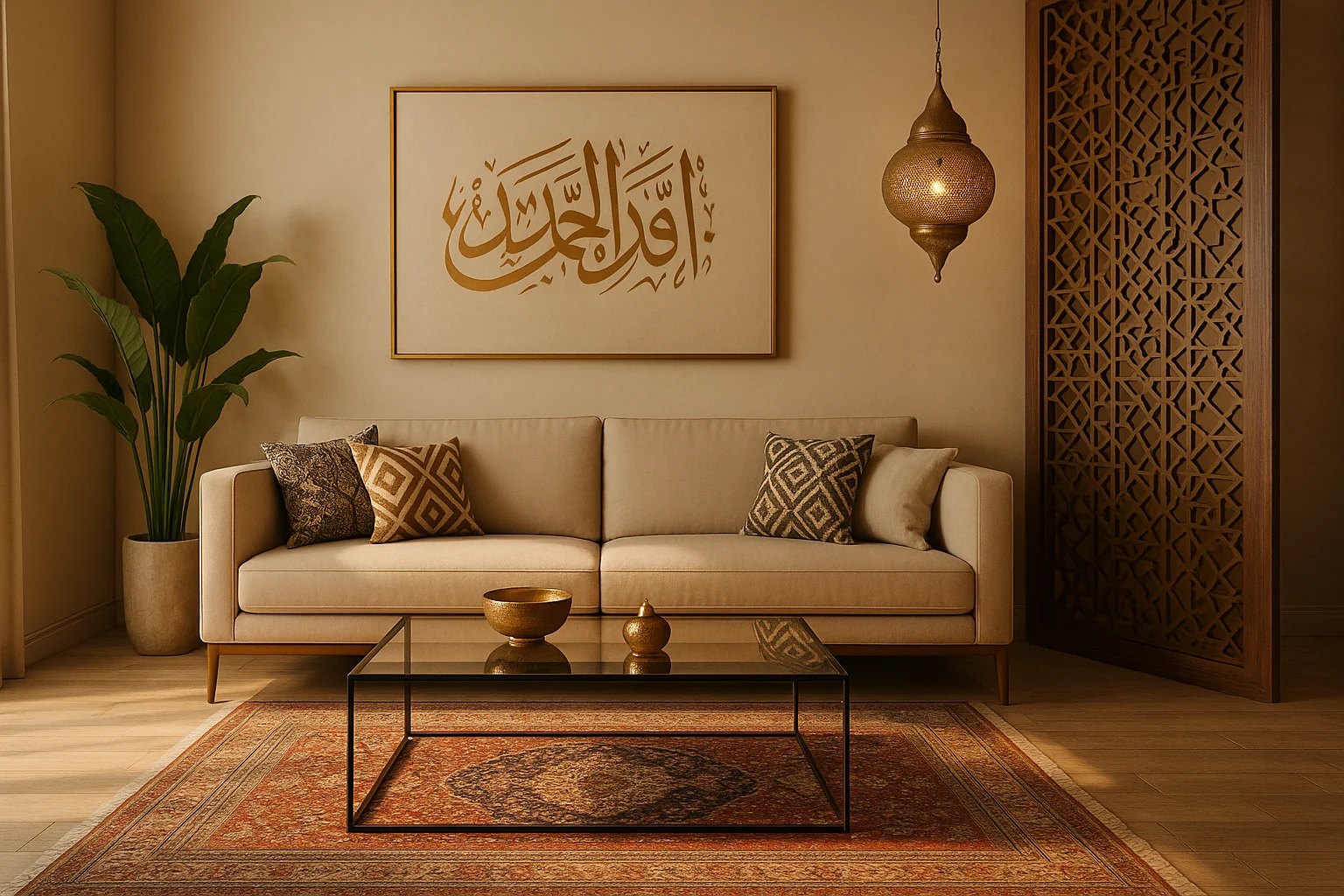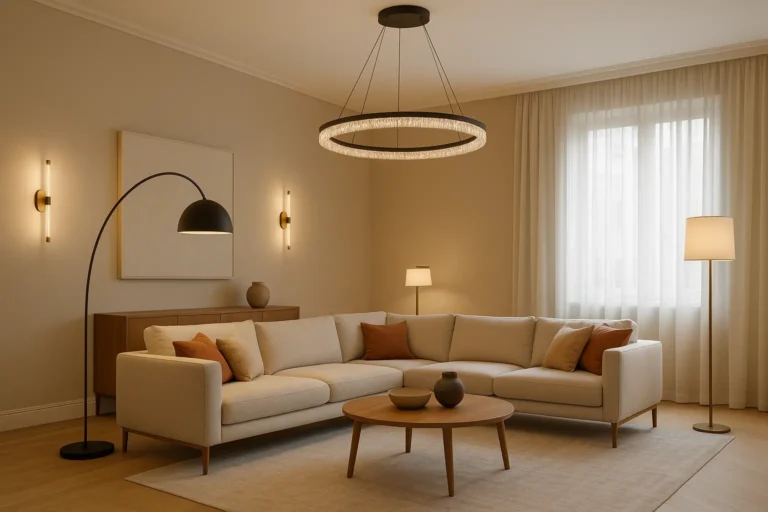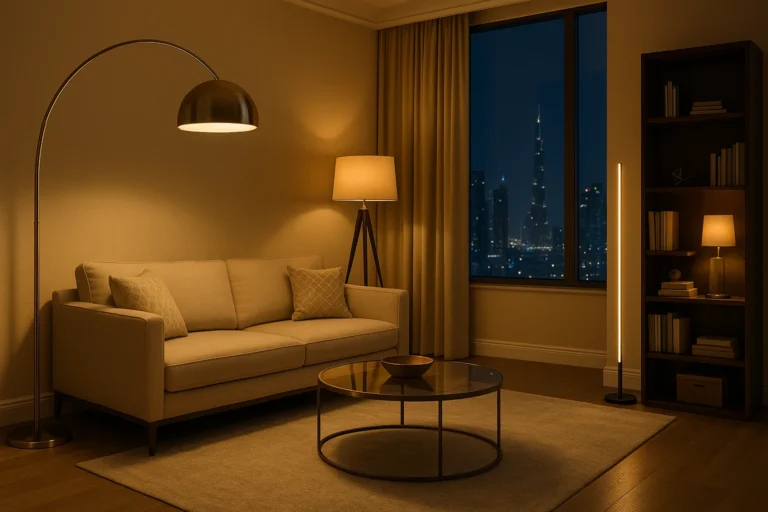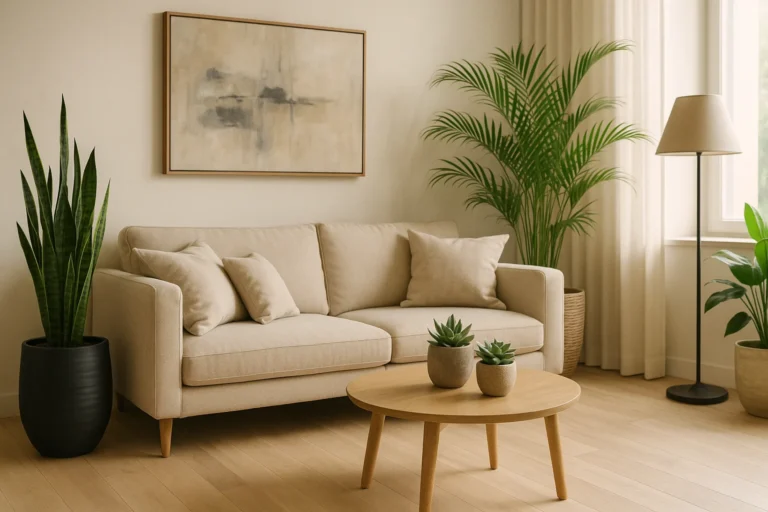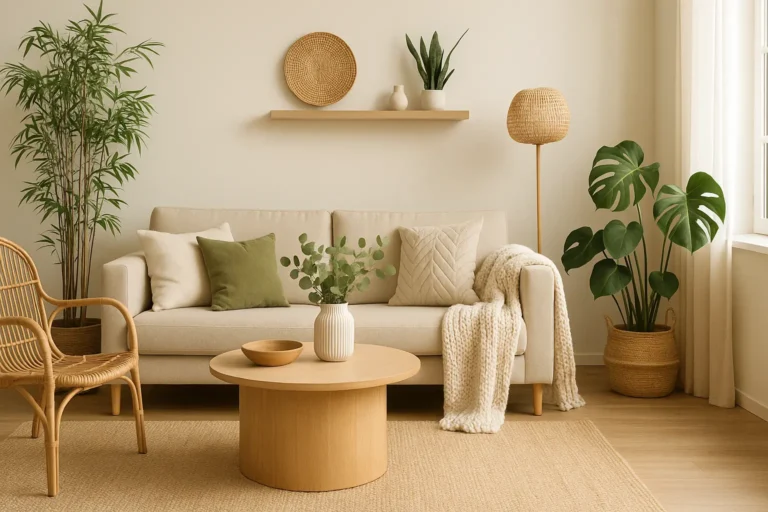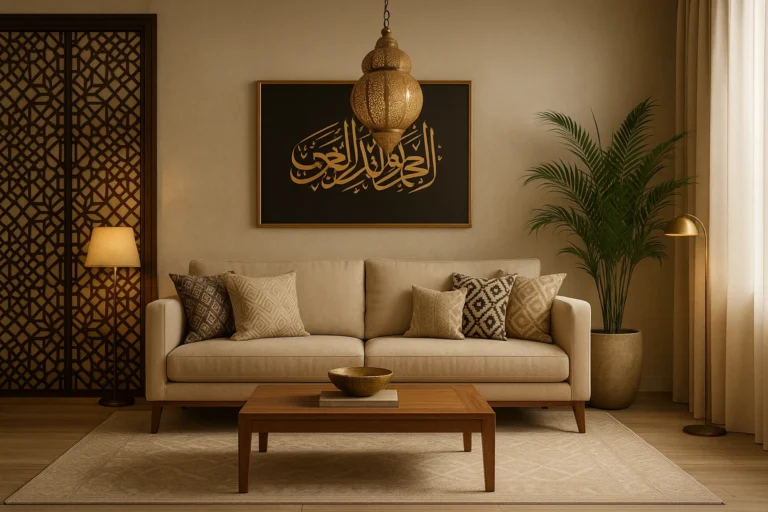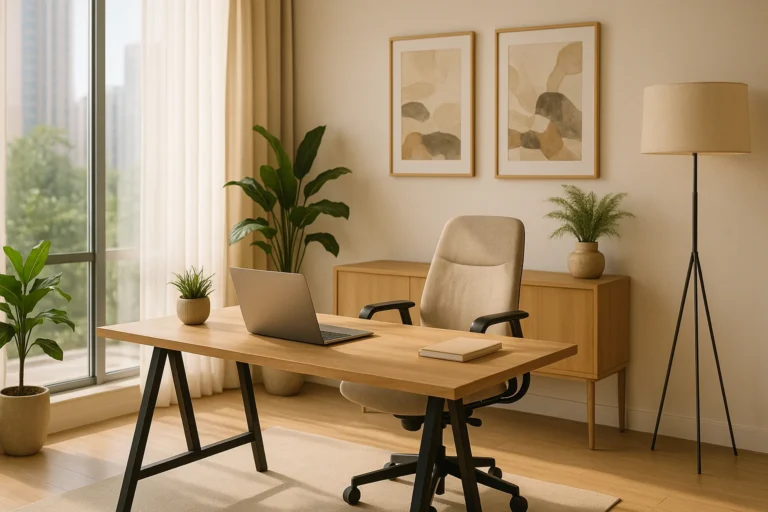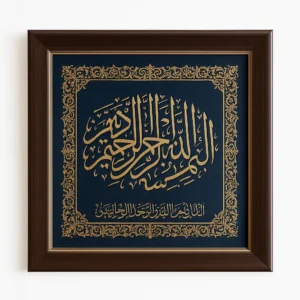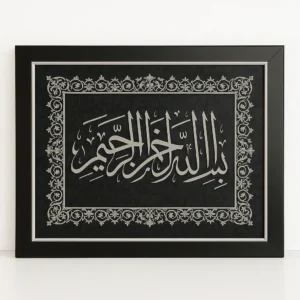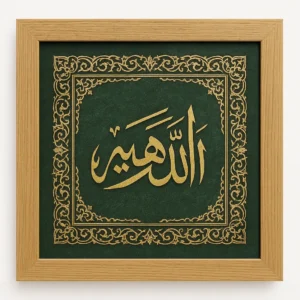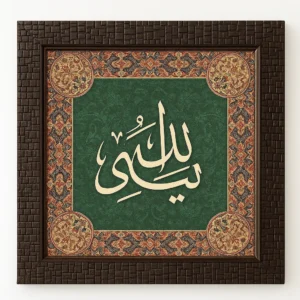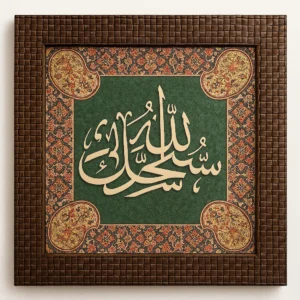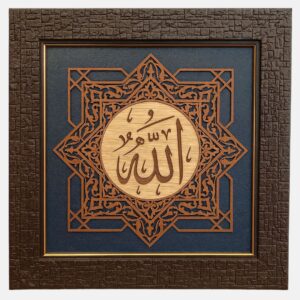Walk into a villa in Dubai or a chic apartment in Sharjah, and you’ll often notice something unique: a blend of sleek modern design with rich traditional accents.
A minimalist living room with a Persian rug. A glass dining table paired with carved Arabic lanterns. A contemporary bedroom with calligraphy wall art.
This fusion isn’t accidental — it’s a signature style in UAE homes. Mixing modern and traditional décor creates a space that feels timeless, cultural, and stylish.
So, how do you master this balance without making your home look cluttered or mismatched? Let’s dive into the ultimate guide for mixing modern and traditional décor in UAE homes.
Introduction: Why Fusion Décor Works in the UAE
The UAE is where heritage meets innovation. Cities like Dubai and Abu Dhabi are globally recognized for futuristic architecture while proudly celebrating Arabic and Islamic traditions.
Naturally, this spirit translates into interior design: homeowners want spaces that are functional, modern, and globally stylish while still reflecting heritage, warmth, and culture.
The challenge? Blending old and new seamlessly. But with the right techniques, you can create a home that feels cohesive, personal, and elegant.
1. Start with a Neutral Modern Base
The easiest way to blend two styles is to start with modern minimalism as your base.
- Keep walls and large furniture pieces in neutral tones (beige, white, grey).
- Opt for sleek sofas, glass tables, and clean lines.
- Avoid clutter — modern design thrives on open spaces.
This gives you a flexible backdrop where traditional elements can shine.
2. Use Traditional Textiles as Statement Pieces
Traditional Arabic, Persian, or Indian textiles add warmth and authenticity.
- A Persian rug in a modern living room.
- Arabic embroidered cushions on a minimalist sofa.
- Patterned throws for bedrooms.
These textiles instantly ground a modern home in heritage while acting as statement accents.
3. Blend Lighting Styles for Contrast
Lighting is a powerful way to fuse styles.
- Pair contemporary floor lamps with Moroccan or Arabic lanterns.
- Use sleek recessed ceiling lights alongside ornate pendant chandeliers.
- Add candle-style wall sconces for a soft, traditional glow.
This mix creates layers of light — modern function with traditional charm.
4. Balance Wood & Glass Elements
Traditional interiors often use carved wood, while modern homes love glass and metal.
- Use a glass coffee table next to a carved wooden side table.
- Add a wooden mashrabiya panel as a divider in a modern open-plan apartment.
- Pair metallic mirrors with vintage wooden frames.
The contrast feels bold yet balanced.
5. Calligraphy & Geometric Patterns as Wall Art
Wall décor is where tradition meets modernity beautifully.
- Hang Arabic calligraphy canvases above minimalist sofas.
- Use geometric Islamic patterns in wallpaper or paneling.
- Mix modern abstract art with cultural statement pieces.
This creates a gallery-style wall that feels stylish and meaningful.
6. Modern Furniture + Traditional Accessories
You don’t have to buy heavy traditional furniture to embrace heritage. Instead:
- Stick to modern sofas and dining tables.
- Add traditional side tables, trays, or lamps as accessories.
- Style with brass bowls, lantern candle holders, and ceramics.
This approach keeps the home fresh and uncluttered while honoring tradition.
7. Play with Color Palettes
Modern homes often stick to neutrals, while traditional décor embraces bold tones.
- Keep walls and large furniture neutral.
- Add pops of jewel tones (emerald, sapphire, ruby) through cushions or rugs.
- Use gold accents in lamps, frames, or trays for a luxurious Arabic touch.
This balance ensures your home feels vibrant but not overwhelming.
8. Statement Doors & Screens
One of the most elegant ways to blend styles is through architectural features.
- Modern sliding doors paired with mashrabiya screens.
- Carved wooden doors as statement entrances in contemporary villas.
- Room dividers with Arabic lattice designs in minimalist apartments.
These features are both functional and artistic.
9. Plants & Natural Elements for Balance
Traditional homes often connect with nature, while modern ones highlight minimalism. Combine both:
- Add tall indoor palms in sleek ceramic pots.
- Use wooden planters to bring earthy textures.
- Create a biophilic corner with greenery + Arabic lanterns.
Plants soften modern edges and tie together both styles.
10. Keep the 70/30 Rule in Mind
The secret to fusion décor is balance.
- Make 70% of your design modern (neutral base, clean lines, minimal clutter).
- Add 30% traditional accents (rugs, lanterns, calligraphy art, textiles).
This ensures your home looks cohesive — not chaotic.
Final Verdict: Fusion Homes are the Future of UAE Design
Mixing modern and traditional décor isn’t about choosing one over the other — it’s about celebrating both.
By blending neutral modern layouts with traditional rugs, lanterns, calligraphy, and mashrabiya patterns, you create a home that’s:
- Timeless in style
- Rooted in culture
- Adapted to modern living
The verdict? In Dubai, Sharjah, and across the UAE, fusion décor is the ultimate way to design a home that feels global yet proudly local.
FAQs on Mixing Modern & Traditional Décor
Q1: How do I start mixing décor styles without going overboard?
Begin with a modern base (neutral walls + sleek furniture) and add a few traditional accents like rugs, lanterns, or art.
Q2: Can modern apartments in Dubai handle traditional décor?
Yes! Smaller accents like cushions, textiles, and calligraphy wall art work perfectly in apartments.
Q3: What are the most popular traditional elements in UAE décor?
Arabic lanterns, Persian rugs, mashrabiya screens, and calligraphy art.
Q4: How do I keep my home from looking cluttered when mixing styles?
Follow the 70/30 rule: 70% modern, 30% traditional.
Q5: Where can I shop for modern + traditional décor in Dubai?
Stores like Marina Home, Pan Emirates, The One, IKEA UAE (for modern), and souqs in Deira or Sharjah (for traditional) offer great options.

